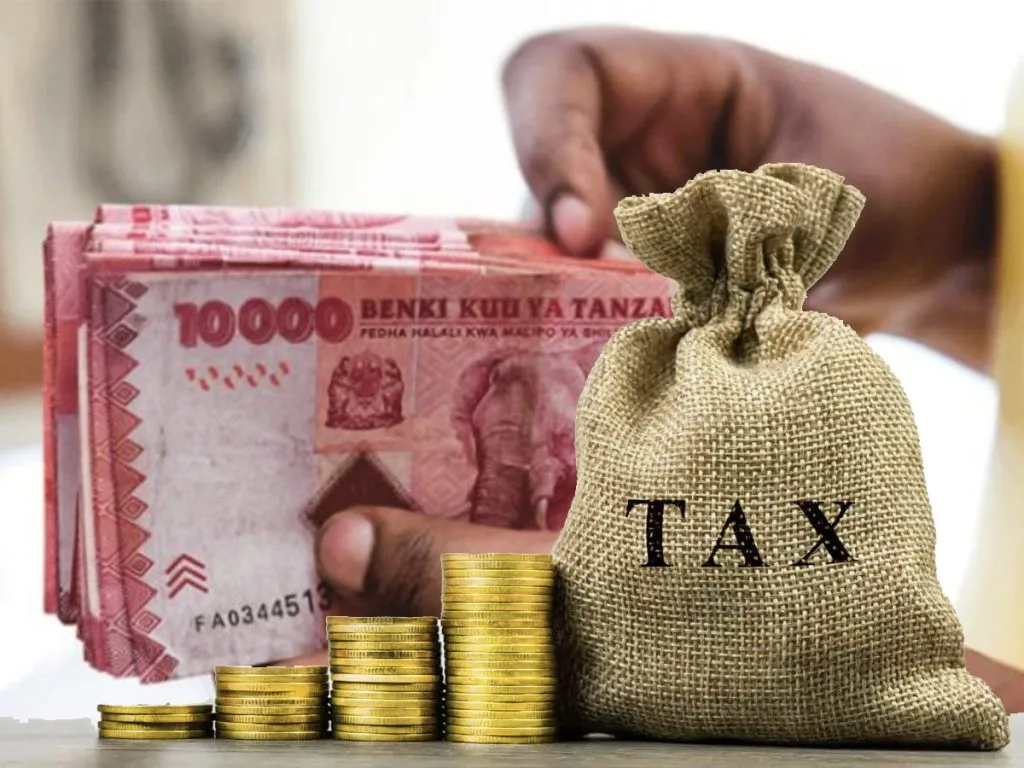The Frontier Market That Collected Its Way to Credibility
Tanzania’s tax authority beats Q1 targets by 6%, collecting USD 3.4 billion and easing debt pressure as peers struggle. With inflation at 3.4%, yields near 9%, and strong digital reforms, Dar es Salaam is turning fiscal credibility into a rare frontier-market advantage.

When a frontier-market tax agency exceeds its target, it’s usually dismissed as statistical noise. But Tanzania’s recent revenue overperformance deserves closer attention. As someone tracking East African macro policy for years, I see more than a quarterly headline—it’s a credibility signal the markets should price in.
The Tanzania Revenue Authority (TRA) collected Sh 8.97 trillion (≈ USD 3.4 billion) in the first quarter of FY 2025/26, reaching 106.3 percent of its Sh 8.44 trillion target. On paper, that’s a 15 percent year-on-year gain, but in real terms it represents nearly 4.5 percent of GDP in just three months—a pace few African states can match. September alone delivered Sh 3.47 trillion (≈ USD 1.3 billion), the highest monthly intake in the TRA’s history. For a government managing a Sh 56.49 trillion (≈ USD 21.4 billion) budget and facing elections in October, this result reinforces one message: the fiscal machinery is functioning, not improvising.
I’ve argued before that the real test for Tanzania is whether policy institutions can perform under political pressure. This time, they are. The Bank of Tanzania (BoT) has held the Central Bank Rate at 5.75 percent, maintaining stability even as global yields tighten. Inflation sits at 3.4 percent, the shilling (USD/TZS: TZS=) is firm around 2,520, and reserves remain above USD 6 billion—five months of import cover. That’s macro alignment by design, not coincidence.
Where this becomes analytically interesting is not in the revenue number itself but in what it says about policy sequencing. The TRA’s performance shows that Tanzania is now sequencing its fiscal strategy in lockstep with its monetary discipline—a pairing that many frontier economies struggle to sustain. Kenya, Ghana, and Nigeria routinely miss collection targets and compensate by borrowing. Tanzania, by contrast, is quietly shifting from a debt-led growth model to a revenue-led one. That’s not just a technical shift—it’s structural credibility.
The context matters. The TRA’s success was not a one-off enforcement sweep but the result of digital compliance infrastructure that is now doing the heavy lifting. Electronic Fiscal Devices (EFDs) capture roughly 90 percent of eligible retail transactions, customs data are increasingly cross-linked, and sectoral audits have moved from policing to partnership. This is how fiscal modernization should look in a digital economy—compliance through data, not intimidation.
From a market standpoint, the impact is already visible. Tanzania’s Eurobond 2032 (ISIN XS2051363054) trades near 9.1 percent, outperforming Kenya’s 2032 (≈10.1 percent) and Ghana’s 2030 (≈12.5 percent). Investors are beginning to distinguish policy credibility from regional noise. The BoT’s decision to hold rates—rather than follow global tightening—has given sovereign debt markets predictability, while the government’s ability to generate over USD 3 billion in a single quarter reduces external financing needs. The spread compression seen on Tanzanian paper since April confirms that the signal has been received.
Comparatively, the Kenya Revenue Authority (KRA) missed its 2024/25 target by around Sh 250 billion (≈ USD 1.9 billion), Ghana’s GRA underperformed by 7 percent, and Nigeria’s collection remains hostage to oil volatility. Even South Africa, with a mature tax base, only achieved 6 percent year-on-year growth in receipts. Against that backdrop, Tanzania’s 15 percent surge looks less like a one-time success and more like an inflection point for fiscal credibility in frontier Africa.
Of course, I’m cautious about over-celebrating early fiscal wins. Beating a target is good; sustaining it is better. The sustainability question has three layers. First, sectoral breadth—are collections rising across manufacturing, mining, and services, or is this momentum concentrated in import and consumption taxes? Second, administrative balance—can the TRA maintain compliance without stifling SMEs? Third, political discipline—will election-year spending and tax relief promises erode the structural gains of 2025? These are not academic queries; they will shape bond pricing and IMF program dialogue through 2026.
The global backdrop makes Tanzania’s success even more pronounced. With U.S. 10-Year Treasuries (US10Y: ^TNX) at 4.35 percent and the Dollar Index (DXY: DX-Y.NYB) near multi-year highs, frontier sovereigns are squeezed by higher refinancing costs. Yet Dar es Salaam’s yield curve remains resilient. The DSE Government Bond Index (DSE: DSEGBI) stabilized in Q3, while the DSE All Share Index (DSE: DSEI) rose 3 percent, supported by strong banking-sector earnings. CRDB Bank Plc (DSE: CRDB) and NMB Bank Plc (DSE: NMB) posted double-digit ROE in H1 2025—an indirect reflection of improved fiscal circulation and domestic liquidity.
Still, one must ask the uncomfortable question: are we seeing genuine productivity gains or temporary compliance peaks? If revenue growth is driven by digital traceability rather than underlying corporate profitability, the next test will be sustainability when global conditions tighten. A slowdown in imports or commodity exports could flatten tax intake by Q2 2026. My sense is that policymakers understand this—and that the TRA’s focus on broadening the base, not raising rates, is the correct approach.
The bond-market implication is clear. If Tanzania maintains quarterly overperformance of 5–6 percent above target, sovereign spreads could tighten another 50–70 basis points, lowering the effective cost of external borrowing. For a USD 21 billion economy, that’s a material saving. If it fails to maintain the pace, the credibility premium evaporates just as fast. Frontier markets trade on trust, not just cash flows.
So, does this overperformance justify investor optimism? Yes—but with caveats. Tanzania’s fiscal credibility is real, but it must now survive the election cycle and prove repeatable in 2026. If that happens, the BoT-TRA alignment could mark a new fiscal doctrine for frontier Africa: stability through sequencing, not shock therapy. In an era when most emerging markets are raising rates and missing targets, Tanzania is doing the opposite—collecting more, borrowing less, and telling the markets, quietly but firmly, that policy maturity can, in fact, be African.





